SUGGESTION TOOL
Recommendation systems are everywhere these days. In fact, some of the biggest brands that we interact with every day own one, including Netflix, Amazon, Google, etc.

WHAT IS A SUGGESTION TOOL?
A suggestion system is a type of data filtering tool that uses machine learning algorithms to recommend the most relevant items to a particular user or customer. It operates on the principle of finding patterns in consumer behavior data, which can be collected implicitly or explicitly.
Netflix uses a recommendation engine to present viewers with suggestions for movies and shows. Amazon, on the other hand, uses a recommendation engine to present customers with product suggestions. Although each uses one for slightly different purposes, both have the same goal:
- increase sales
- increase engagement and loyalty
- offer more personalized customer experiences
TYPES OF RECOMMENDATION
There are three main types of recommendation engines: collaborative filtering, content-based filtering, and a hybrid of the two:
Collaborative
Collaborative filtering focuses on collecting and analyzing data on user behavior, activities, and preferences, to predict what a person will like, based on their similarity to other users. To track and calculate these similarities, collaborative filtering uses a matrix-style formula. An advantage of collaborative filtering is that it is not necessary to analyze or understand the content (products, movies, books). It simply selects items to recommend based on what they know about the user.
Content-based
Content-based filtering works on the principle that if you like a particular item, you will also like this other one. To formulate recommendations, algorithms use a profile of the customer’s preferences and a description of an item (genre, product type, color, word length) to process the similarity of items to each other. The disadvantage of the content-based filter is that the system is limited to recommending products or content similar to the ones the person is already buying or using. It cannot go beyond to recommend other types of products or content. For example, it could not recommend products beyond home items if the customer had only bought home items.
Hybrid
A hybrid recommendation engine looks at both metadata (collaborative) and transactional data (content-based). For this reason, it surpasses both. In a hybrid recommendation engine, it is possible to generate natural language processing tags for each product or item (film, song) and vector equations used to calculate the similarity of products. A collaborative filtering matrix can then be used to recommend items to users based on their behaviors, activities and preferences. Netflix is the perfect example of a hybrid recommendation engine. It takes into account both the user’s interests (collaborative) and the descriptions or features of the film or tv series (content-based).
WHY A RECOMMENDATION SYSTEM IS IMPORTANT?
IMPROVES SALES AND AVERAGE ORDER VALUE
One of the excellent methods to increase revenues and the average order value (AOV) is to encourage visitors to your website to add recommended products and offers to the checkout page. Recommendation systems allow you to generate much higher conversions and increase the average value of orders. You can bring more datasets (historical data, real-time visitor behavior, and third-party insights) into a recommendation algorithm using a recommendation engine. These datasets can then provide timely and relevant recommendations and allow customers to interact with your brand in real time.
HELPS YOU PROVIDE PERSONALIZED AND RELEVANT CONTENT
One of the most efficient ways any brand can meet customer expectations is to create personalized and relevant content. The recommended system allows brands to personalize the customer experience and provide item suggestions that make the most sense for them. A recommendation engine also allows you to analyze the customer’s current use of the website and previous browsing history to be able to provide relevant product recommendations.
OFFER A CONSISTENT BRAND EXPERIENCE
The artificial intelligence of the recommendation engine can be key to creating a consistent brand experience simply by pulling data from various channels. It allows you to optimize your omnichannel customer experience and make customers feel part of an ongoing journey instead of starting over with each interaction.
INCREASES WEBSITE TRAFFIC
Using a recommendation engine allows you to bring targeted traffic to your website. The recommendation system can achieve this goal with targeted blasts and personalized email messages.
